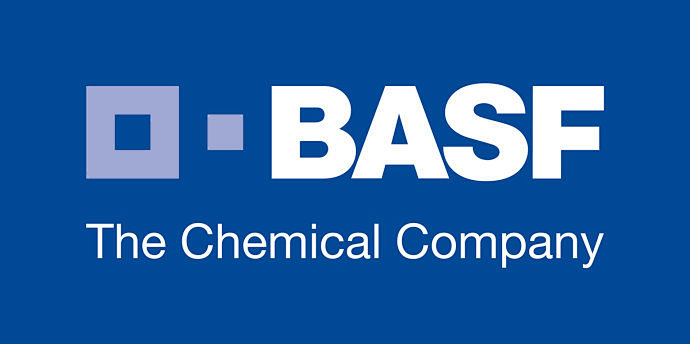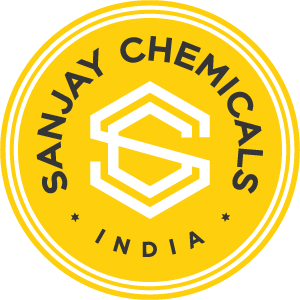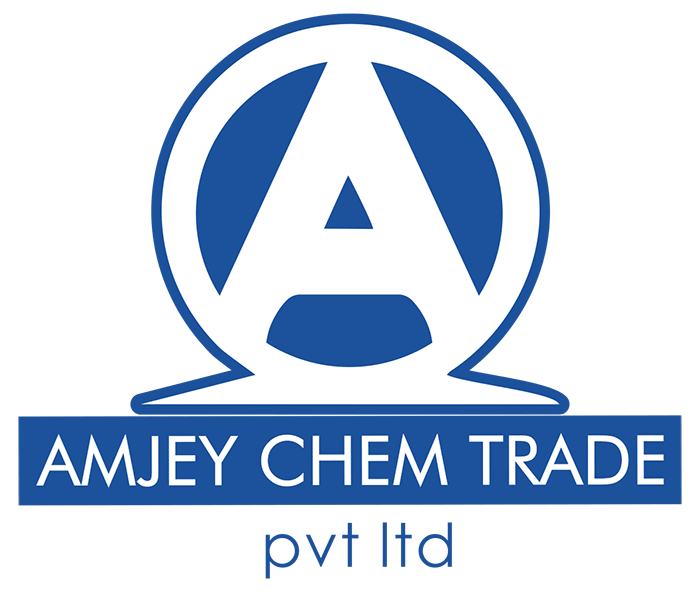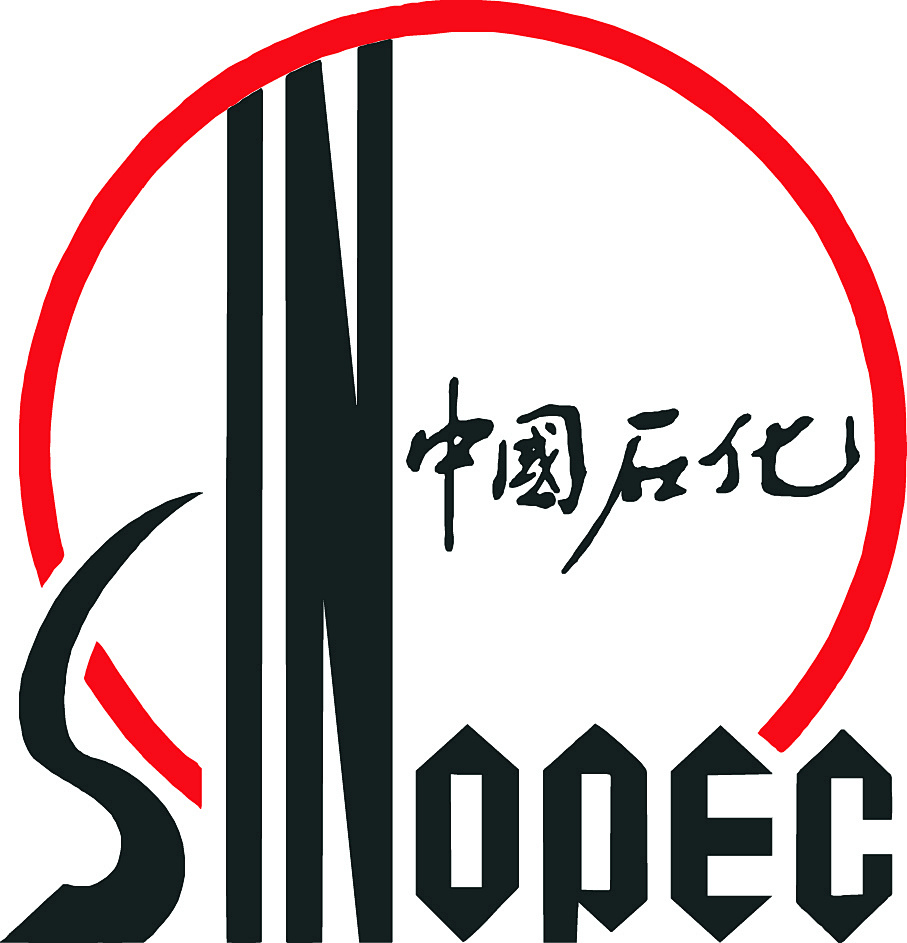
CHARACTER
isobutanol (IBA), chemical formula C4H10O, is a colorless and transparent liquid with a special smell, molecular weight 74.12, slightly soluble in water, but soluble in ethanol, ether and other organic solvents. Isobutanol is an important organic synthetic raw material, widely used in the manufacture of petroleum additives, antioxidants, plasticizers, synthetic rubber and artificial musk and other fields. At the same time, it is also used for the purification of chemical reagents such as strontium, barium and lithium salts, and as a solvent and extractant in chemical analysis. The versatility of isobutanol makes it an indispensable raw material in many industrial fields and has a wide range of applications.

APPLICATIONS
(1) Organic synthesis raw materials and solvents: Isobutanol is an important organic synthesis raw material, which can be used to synthesize a variety of organic compounds, such as benzene sulfonic acid, isobutyl acetate, acrolein, chlorpromazine and other drugs. At the same time, it is also a high-grade solvent that can dissolve a variety of organic substances, which is used to improve the softness and fluidity of the product, reduce the viscosity, and improve the dispersibility of the precipitate.
(2) Edible Spices and Additives: Isobutanol is specified as permitted by GB 2760-2014, with code S0005 and FEMA number 2179. In addition, it can also be used as a gasoline additive for spark ignition engines to help prevent carburetor icing.
(3) Petroleum and chemical reagent manufacturing: Isobutanol can be used to manufacture petroleum additives, antioxidants, 2,6-di-tert-butyl-p-cresol and other chemicals. At the same time, it can also be used to extract pure strontium, barium and lithium salt chemical reagents, as well as for calcium, strontium, barium, sodium, potassium, lithium, silver, chlorine and phosphite determination.
(4) Coating and rubber manufacturing: Isobutanol is an important raw material for the manufacture of isobutyl acetate, which is mainly used for the production of paint and similar coatings. In addition, isobutanol can also be used in the manufacture of plasticizers, synthetic rubber, artificial musk, etc., in rubber, plastics and other industries have a wide range of applications.
(5) Analytical reagents and extractants: Isobutanol can be used as analytical reagents, chromatographic reagents and extractants, and plays an important role in chemical analysis, thin layer chromatography and other fields.
(6) Other applications: Isobutanol can also be used as a cosolvent for cellulose nitrate, as well as solvents for ethyl cellulose, polyvinyl butyral, various oils, rubber and natural resins. In addition, it has potential fuel uses, and may replace gasoline as a fuel for internal combustion engines in the future.
![]() +086 1911-7288-062 [ CN ]
+086 1911-7288-062 [ CN ]
![]() +852 97481178 [ HK ]
+852 97481178 [ HK ]






































































































